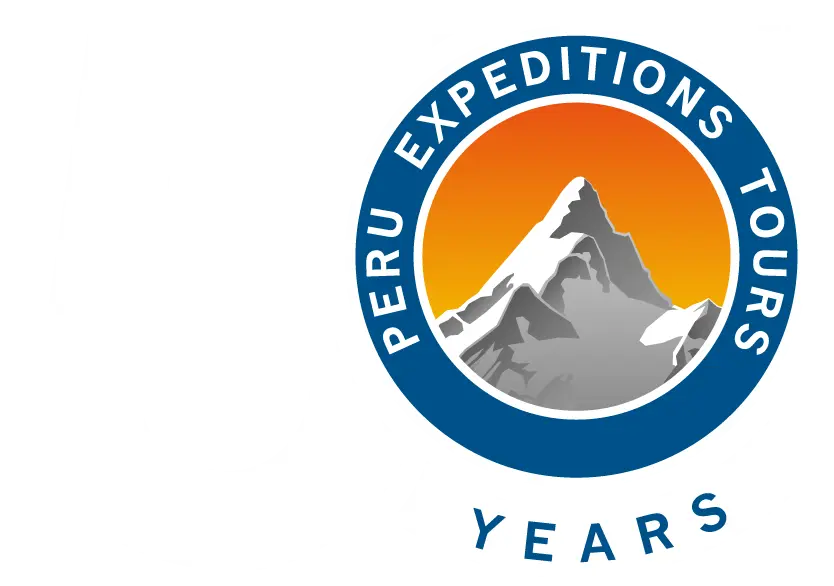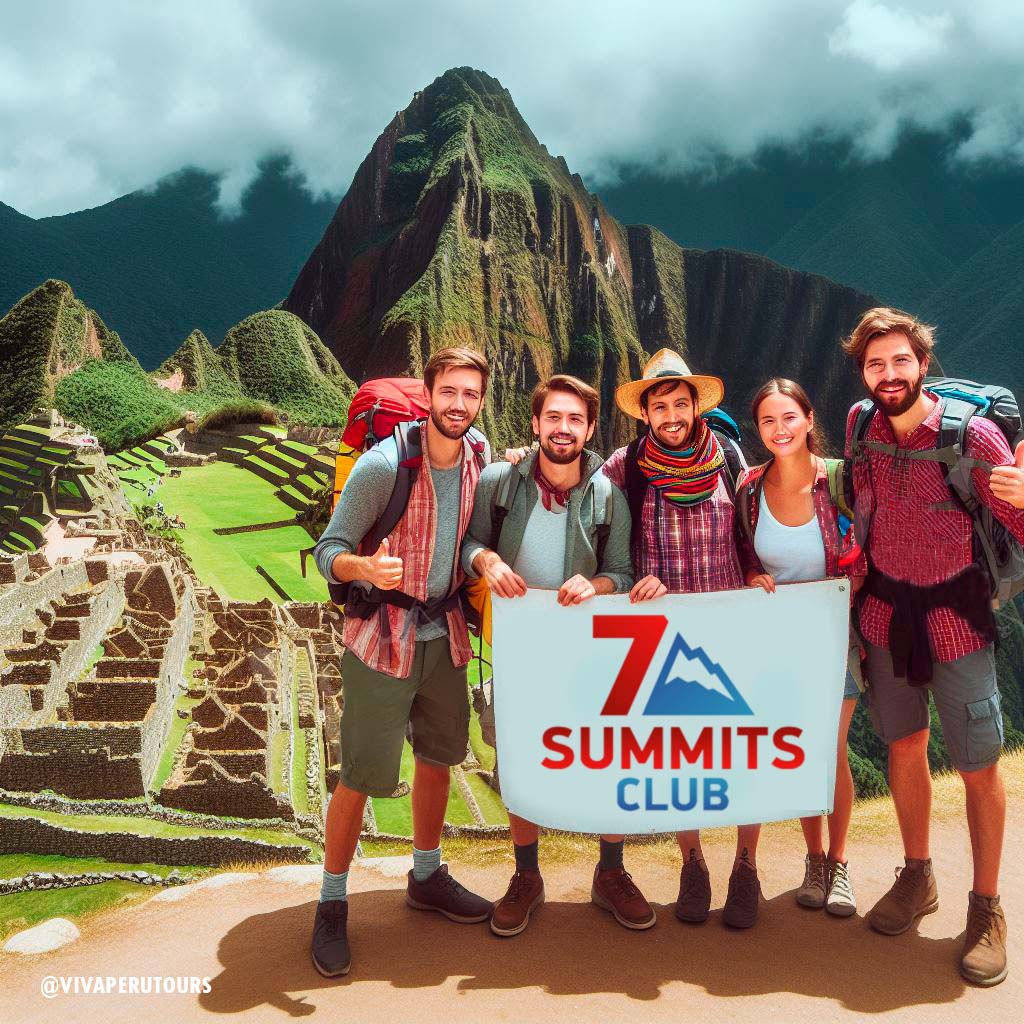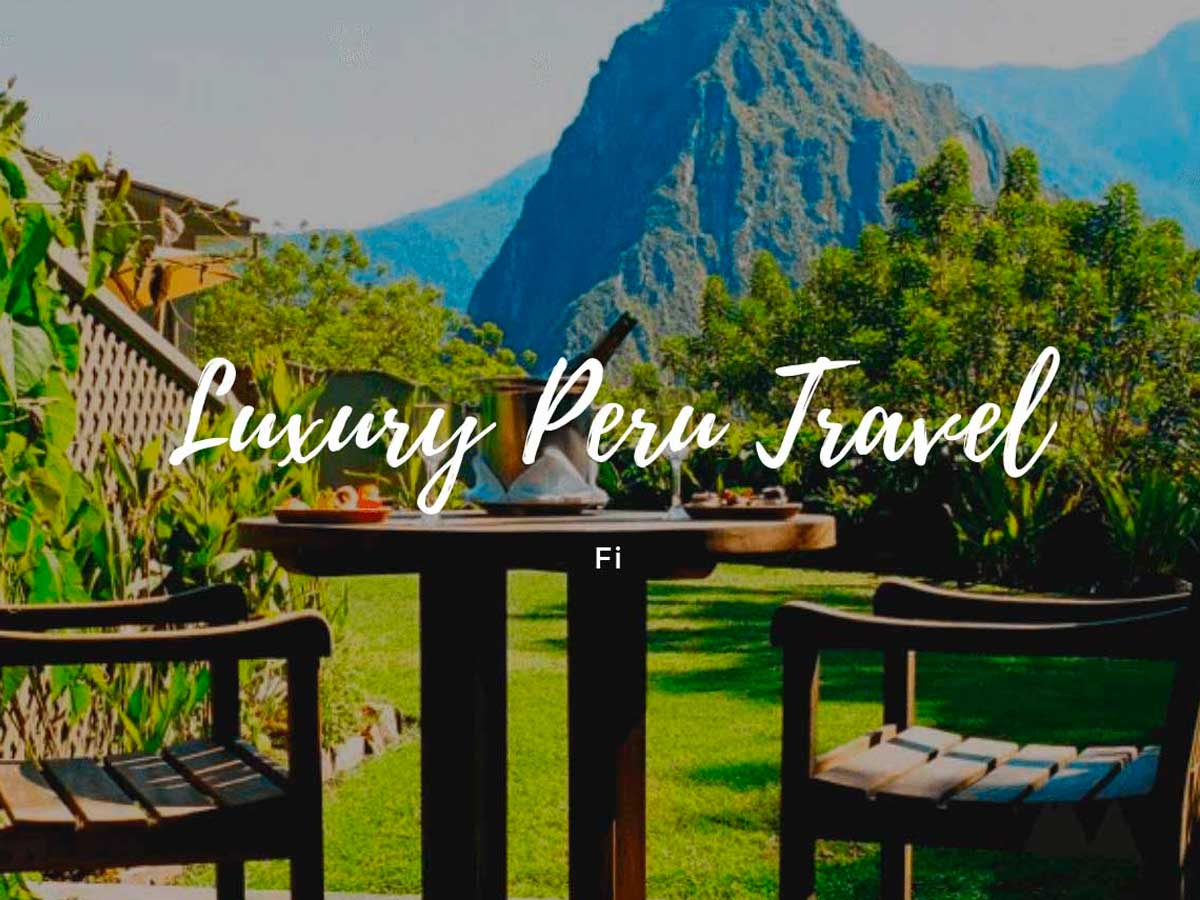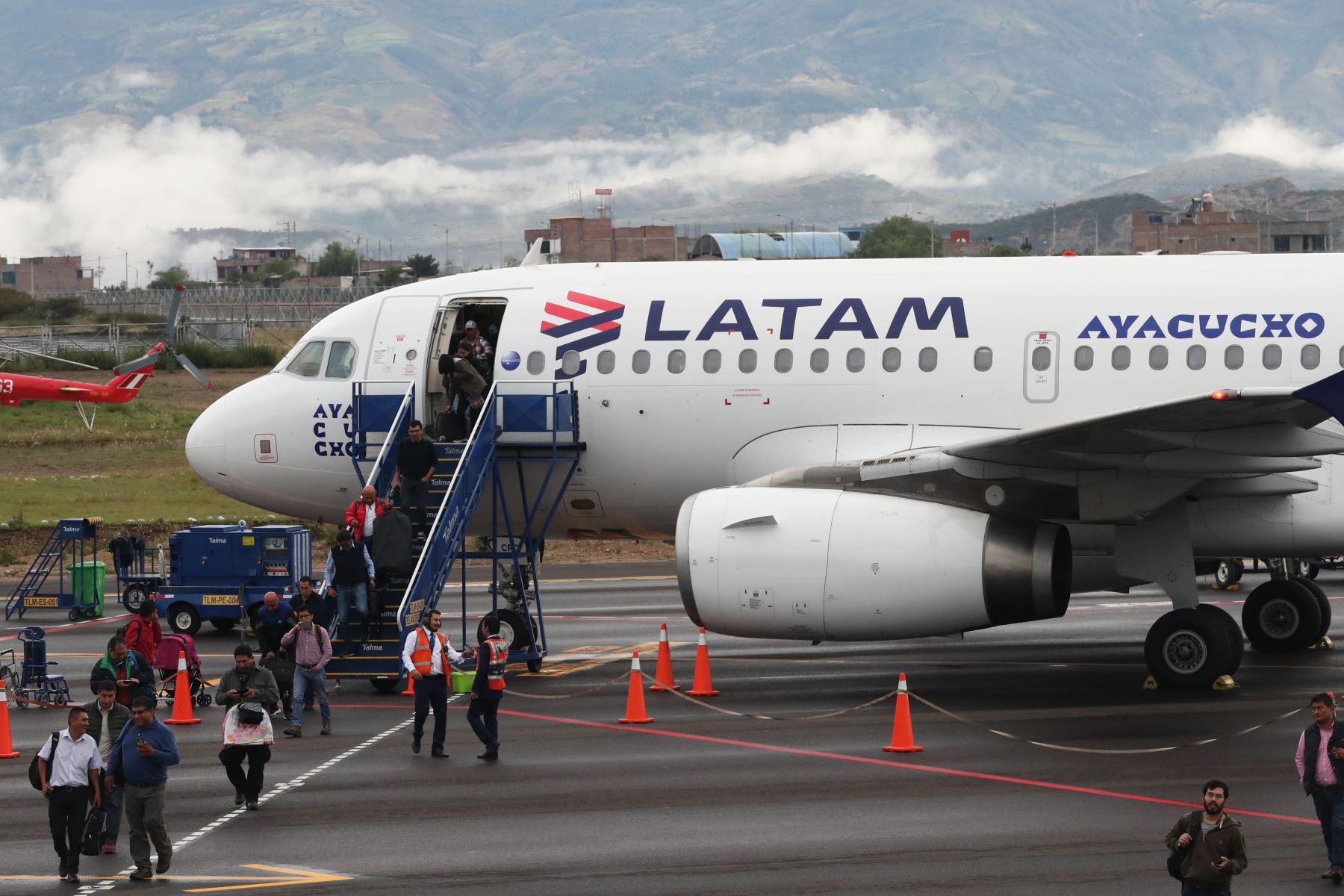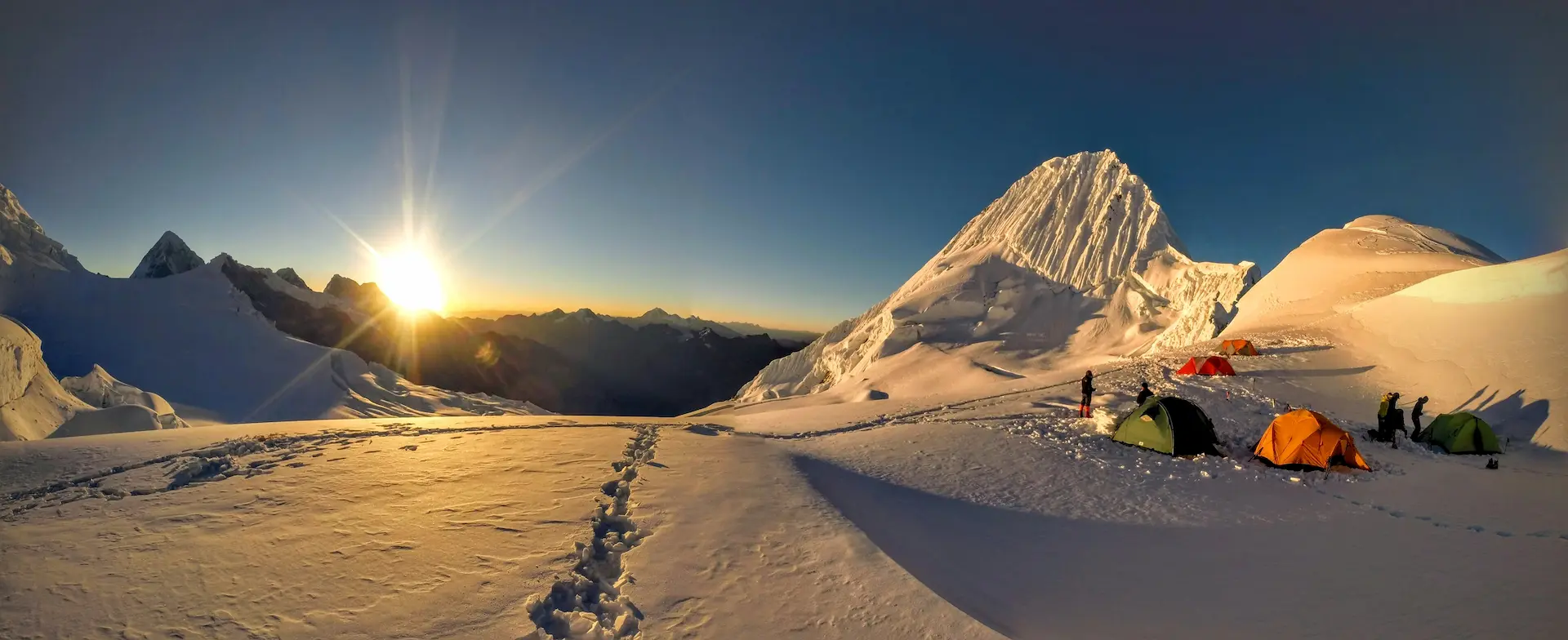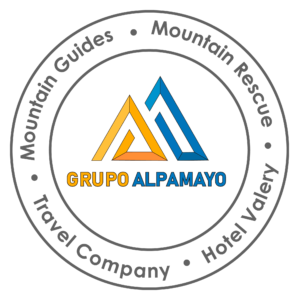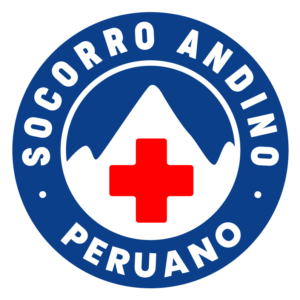- Best times to visit Peru and Machu Picchu
Weather conditions in Peru differ according to the area you visit and the season in which you visit. In coastal areas, summer runs from December through April, more or less. At that time, the coast is very sunny, making it an ideal time for the beach. June to September is winter here in Peru, though it’s never severe. During the day, temperatures normally reach 20˚C (68°F), though it can drop to 10˚C (50°F) at night. Consequently, it’s possible to visit Nazca, Ica, the Ballestas Islands, and Lima year round!
In the Southern Andes (our area of expertise), we experience basically two seasons: the dry and the wet. The dry season runs from April to October, with clear, warm days that cool off at night, with temps dropping as low as 0ºC (32ºF) in July and August. In the rainy months (November-March, and in particular January and February) the temperature is moderate, around 18°C (64°F) during the day and 15°C (59°F) at night, but it does rain. May through October is probably the best time to visit Cuzco and Lake Titicaca. The wet season can make travelling in the Andes more difficult, or problematic at times, but the rewards sometimes greater and prices more appealing.
- Passport & Visa
With just a few exceptions (some African, Asian, and communist countries), visas in Peru are not required for tourism. It’s important to note, though, that passports should be valid for at least six months from your departure date. Upon entry, you’ll receive a tourist stamp valid for 30 days or a 90-day stamp – if you say you’re planning on staying in excess of a month.
- Coping with altitude
Altitude sickness, often the result of going up rapidly to altitudes greater than 2,500 meters, can affect tourists in Peru. Symptoms include headache, nausea, vomiting, malaise, and loss of appetite. Recommendations include drinking lots of water, eating light meals, avoiding overexertion until you’ve acclimated, and abstaining from smoking or drinking alcohol. We suggest the use of acetazolamide (Diamox) – especially if flying directly from Lima to Cusco. Acetazolamide should not be given to pregnant women or anyone with a history of a sulpha allergy. An alternative is dexamethasone taken daily upon arrival at altitude. Dexamethasone should not be given to diabetics because it is a steroid. Locals in Peru do chew coca leaves, and a good, easy alternative for tourists is to drink lots of mate de coca (coca tea). The ideal way to acclimatise is to spend a few days in Arequipa (2,335 meters or 7,661 feet) before visiting either Puno or Cusco.
Perù InsideOut recommends taking a medical examination before the departure, considering the high altitudes that can be reached during the trip.
- Health requirements
Recommended vaccinations:
There is no mandatory immunization required when traveling to or entering Peru. We recommend, though, consulting with a local doctor or a specialist in a travel clinic before setting off from your hometown. At Perú InsideOut, we suggest immunization against
- Tetanus
- Typhoid
- Polio
- Hepatitis A
In addition, some medical professionals recommend that you be inoculated against Hepatitis B. If you are planning to travel to the Amazonian area of Peru, anti-malarial precautions and yellow fever should be taken into account (though they are not compulsory). Discuss these items thoroughly with your local medical advisor
- Medical kit:
- Antibacterial for cuts and abrasion
- Acetazolamide (Diamox) for altitude sickness
- Anti-diarrhoea medication (Loperamide) and an antibiotic for diarrhoea (Norflozacin, Ciprofloxacin or Azithromycin)
- Anti-inflammatory medication (Ibuprofen)
- Antihistamines
- Insect repellent
- Sun block
- Thermometer
- Oral rehydration salts
- Physical fitness:
- Our trips do not require a particularly high level of physical fitness. We suggest you train a little bit before coming, to be able to walk for an average of 30 minutes.
- We recommend you let us know in advance of medical conditions or illnesses you have experienced before coming to Peru. This will give us the necessary information we need to take extra care of you during the trip.
- Trekking: if you are thinking of trekking intensely in Peru (and we can organise this for you), your level of fitness should be very good.
- Food & Water
Food – We utilize only restaurants with an exceedingly high level of cleanliness, and we have previously eaten at and visited all of the restaurants you will visit. Nevertheless, if you want to sample local foods, we urge you to always eat well-cooked meals and/or fruits and vegetables that you can peel. In our experience, salad is the most likely food to give you stomach problems. If you decide to eat uncooked salads, always ask for them to be washed in boiled water. We recommend, however, that you avoid them, as the length of your visit to Peru is not normally long enough to allow you to acquire resistance to particular bacteria. With a moderate amount of care, you should enjoy an illness-free visit.
Water – We recommend you drink only bottled water, and we help all of our clients with this. To reduce our environmental impact, we purchase and share large bottles of water (which are difficult to carry), and we divide the contents into one-litre and half-litre bottles, so that each traveller can then carry their own clean, safe water.
- Safety
Peru is a generally safe country. There are a few problems with muggings, as there are world-wide: New York, Paris, Rome, and so on. Common sense dictates that you take some measure of extra care in airports, bus stations, and other busy locales. During the course of our escorted tours, we generally provide you with an extra layer of safety. We are available to answer any questions or concerns you may have before and during your entire trip.
Peru enjoys political stability and its economy (in recent years) has registered the highest growth rates in all of South America. You may have heard otherwise, but we wish to remind you: terrorist activities in Peru ended over 15 years ago.
- Flights
Within Peru, we recommend you use LAN airline (a Chilean company), the main airline in Peru, which partners with British Airways, American Airlines, and others. Together, they operate a fleet of modern Airbus and Boeing aircraft and have excellent records for both service and reliability. Taca (a Brazilian company) and Sky Airline (a Chilean company) are also good airline companies.
On the international level, we recommend LAN (from Madrid), KLM (from Amsterdam), or Air France (from Paris); they all are very reliable and offer excellent service to Lima. From Sydney, LAN flies to Santiago, Chile, via Auckland – and Qantas, directly to Buenos Aires.
- Transportation
Buses, mini-buses, trains, and boats which we utilize during our trips are the safest possible here in Peru. When we use public transportation, we employ only the best: Cruz del Sur, Oltursa, Peru Rail, and Inca Rail. Boats utilized for transportation on Lake Titicaca have been audited, and – as a matter of security – we check each boat prior to its use during the trip. The safety of our travellers is taken very, very seriously!
- Insurance
Travel insurance is mandatory for everyone on tour with Perú InsideOut. You are responsible for ensuring that you have adequate coverage for the duration of the entire tour – for medical expenses, injury, death, repatriation, cancellation, and curtailment.
- Accommodation
Perú InsideOut does not compromise on quality. Accommodation utilized on tours are all three- and four-star. We have personally visited and inspected all accommodations employed during our trips. Each and every one!
When it comes to customizing tours, we offer you the widest range of accommodations: Orient Express Company, Libertador, Sonesta, and Casa Andina. We also have at our disposal modest but clean hostels.
- Electricity
Peru is a 220V/ 60Hz AC country. Two-pronged outlets accept both flat (North American) and round (European) plugs, generally speaking. Electronic devices that utilize lower voltages (110V to 120V) must be used with a converter to avoid damaging them.
- Money
The Peruvian Nuevo Sol (PEN) is the currency used in Peru – commonly referred to as soles (“sol-ays”). US dollars are widely accepted in Peru; it’s not a bad idea to carry some change and small bills with you ($10s or $20s). Please note: US dollar bills need to be undamaged, clean, and unmarked. Peruvians are sticklers regarding this. Folded, mutilated, dirty, even slightly ripped, or wrinkled bills are routinely refused when attempting to make a transaction.
Credit cards are also widely accepted: primarily Visa but increasingly MasterCard, Amex, and Diners Club. Expect to pay 8-10% commission on credit card transactions. It’s typically better to withdraw cash from an ATM and use that for purchases. You can use your credit card or debit card to withdraw cash. ATMs dispense in both US dollars and Peruvian soles. (Note: it is best to alert your bank that you will be traveling abroad, and that you may be making purchases and/or withdrawing funds from your account with your credit and/or debit card. This prevents your account from being frozen when odd transactions suddenly occur.)
Exchange rates are approximately:
- USD $1 to 3.20 PEN
- GBP £1 to 4.30 PEN
- EUR €1 to 3.80 PEN
(The Euro, due to the economic turmoil in Europe, has been fluctuating more than the US dollar and the UK Sterling).
Bank branches are open Monday through Friday, 9:00 am to 6:00 pm; they are also open on Saturday mornings. Banks accept major credit cards; you shouldn’t have any problems, therefore, in regard to money or banking.
- Peruvian cuisine
In a word, it’s delightful! Peruvian cuisine will surprise you. There are many unique and unusual ingredients which are utilized, such as chirimoya, maiz morado, maracuya, quinua, tuna, and chuño, as well as the humble potato. (Potatoes were first introduced to Europe after the Spanish conquest of the Inca Empire).
We suggest you try the following traditional Peruvian dishes:
- Ceviche: mixed seafood marinated in lime juice, chili, and onions, served with sweet corn and boiled sweet potato (camote). Peruvians consider ceviche a part of their identity and it is without a doubt the national dish!
- Lomo saltado: chopped steak; sautéed with onions, tomatoes and potatoes; served with white rice.
- Lomo de alpaca: lomo saltado, as described above, but utilizing alpaca, which has half the fat of beef. This dish is typical in the Andes. It can also be accompanied with quinoa cream (cooked quinoa mixed with milk and cheese).
- Rocoto relleno: spicy bell pepper stuffed with vegetables; typical of Arequipa.
- Adobo de Chancho: Pork, aji (hot pepper), ground garlic, onions, vinegar, and salt.
- Chicharronde chancho: fried pork with choclo (enormous maize from the Valle Sagrado); typical of Cusco.
- Trucha: (typical fish that can be found in Andean lakes): fried, served with white rice and chuño (desiccated potato); typical of the Titicaca Lake region.
- Cancacho: roasted pork or lamb marinated in aji (hot pepper) and oil.
- Cuy chactado: guinea pig, pan fried under a flat, heavy stone. (This one is not be for the faint-hearted, though!); typical of Arequipa.
Peruvian cuisine is becoming world renown thanks to Gaston Acurio Jaramillo, a Peruvian chef and ambassador of Peruvian cuisine. His flagship restaurant in Lima, “Astrid & Gastón”, is #14 on the S.Pellegrino World’s 50 Best Restaurants list.
The promotion of Peru – and its cuisine – was the centre of a unique advertising campaign, “Marca Perú”.
- Restaurants
We strive to make available an innovative offer, to ensure total satisfaction…. Each restaurant is a unique world of flavours, aromas, styles, decor, ambience and service.
Source:
